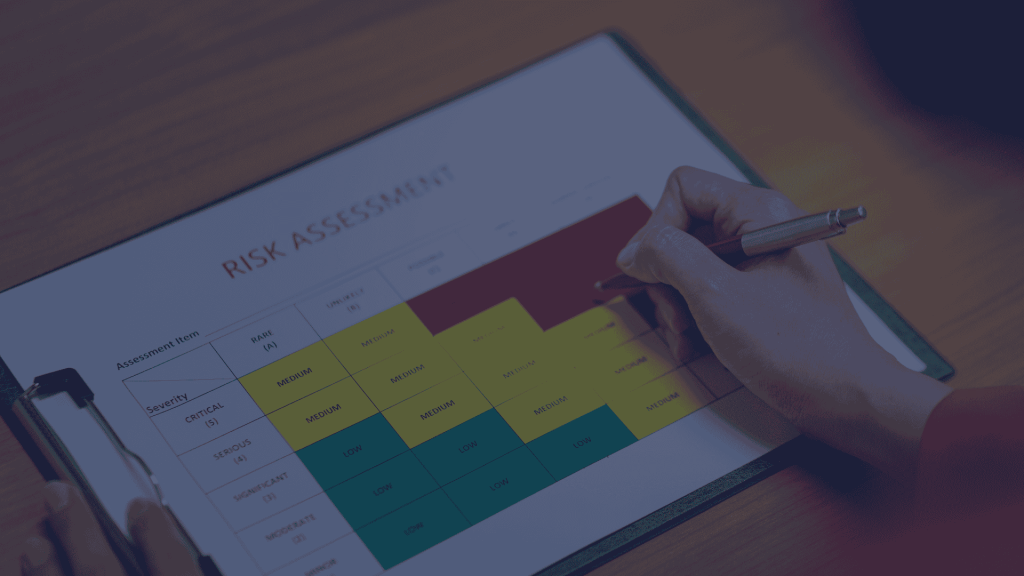In today’s business environment, email is a critical communication tool but also one of the most targeted vectors for cyberattacks, including phishing, malware, and ransomware. As executives, safeguarding our email systems is not just a technical necessity—it’s a strategic imperative that protects the organization’s operational integrity, reputation, and bottom line.
The Role of Modern Email Protection
Modern email protection solutions offer comprehensive defense mechanisms against a wide array of email-based threats. By leveraging artificial intelligence, machine learning, and advanced threat detection, these solutions provide real-time protection that evolves with the latest cyber threats. Here’s how modern email protection adds value to your cybersecurity strategy:
- AI-Powered Phishing Detection and Protection
Advanced email protection uses sophisticated AI algorithms to detect and block spear-phishing attacks, business email compromise (BEC), and account takeover attempts. These are complex threats that traditional email security solutions may miss because they often lack recognizable malware signatures. AI-driven protection continuously learns from a vast pool of global data, enabling it to identify even the most subtle phishing attempts that could deceive employees.
- Real-Time Threat Detection and Incident Response
Modern email protection offers real-time threat detection, immediately identifying and neutralizing potential threats before they reach the inbox. This feature is particularly crucial for defending against zero-day attacks—new, previously unknown threats that exploit vulnerabilities for which no patch exists yet. In addition to detection, these solutions provide automated incident response capabilities, enabling your IT team to quickly quarantine and remove malicious emails, minimizing the impact on your organization.
- Account Takeover Protection
Advanced email protection monitors account activity for signs of compromise, such as unauthorized login attempts or suspicious behavior patterns. If an account takeover is detected, the system immediately alerts your IT team and initiates automatic responses to secure the account. This proactive defense is essential for preventing cybercriminals from using compromised accounts to launch further attacks within your organization or against your contacts.
- Domain Fraud Protection
Modern email protection solutions include tools like DMARC (Domain-based Message Authentication, Reporting & Conformance) reporting and analysis to protect your organization from domain spoofing. Domain spoofing occurs when attackers use a domain similar to your organization’s to deceive recipients into believing that malicious emails are legitimate. These tools help you implement DMARC policies effectively, reducing the risk of fraudulent emails being sent from your domain and protecting your brand’s reputation.
- Seamless Integration with Existing Systems
Many modern email protection solutions seamlessly integrate with popular email platforms like Office 365, enhancing their native security features. This integration provides an additional layer of protection, ensuring that your organization is safeguarded against advanced threats. The cloud-based architecture of these solutions means they are easy to deploy and manage, without the need for additional hardware or complex configuration.
- Continuous Learning and Adaptation
One of the standout features of modern email protection is its ability to continuously learn and adapt to new threats. As cyber threats evolve, so do these solutions, ensuring that your organization is always protected by the most up-to-date security measures. This dynamic approach is vital in today’s rapidly changing threat landscape, where attackers are constantly developing new methods to bypass traditional defenses.
How Modern Email Protection Fits Within the Broader Strategic Narrative
- Reducing Business Risk
Email is often the entry point for cyber threats that can lead to data breaches, financial loss, and operational disruption. With modern email protection, the risk of falling victim to phishing attacks, ransomware, and other email-borne threats is significantly reduced. This proactive defense is crucial for maintaining business continuity and protecting your organization from the costly consequences of cyber incidents.
- Optimizing Business Productivity
Modern email protection not only blocks malicious emails but also filters out spam and other unwanted content that can clutter inboxes and distract employees. By ensuring that only legitimate, relevant communications reach your team, these solutions enhance productivity. Employees can focus on their core responsibilities without the constant interruption of sorting through spam or dealing with the fallout from a phishing attempt.
- Safeguarding the Bottom Line
The financial implications of a successful email-based attack can be severe, from the direct costs of dealing with the breach to the indirect costs of lost productivity and reputational damage. By preventing these attacks, modern email protection helps safeguard your bottom line. Additionally, by reducing the potential for data breaches and ensuring compliance with regulations such as GDPR or HIPAA, these solutions help avoid the hefty fines and legal penalties associated with non-compliance.
- Enhancing Compliance and Regulatory Alignment
Many industries are subject to strict regulations regarding the protection of sensitive information, particularly when it is transmitted via email. Modern email protection offers features such as DMARC enforcement and account takeover protection, ensuring that your organization remains compliant with these regulations. This compliance not only protects the business from legal repercussions but also strengthens trust with customers and partners by demonstrating a commitment to data security.
- Supporting a Strategic IT Posture
Email protection is a key component of a broader cybersecurity strategy that aligns IT with business objectives. By integrating modern email protection into your IT infrastructure, you’re taking a proactive stance on cybersecurity that supports the overall resilience of your organization. This integration allows for better alignment between IT initiatives and business goals, ensuring that your technology investments contribute to strategic success.
- Building Trust and Enhancing Reputation
Protecting email communications is also about safeguarding the trust that customers, partners, and stakeholders place in your organization. A single email breach can lead to a loss of confidence, particularly if sensitive data is exposed. By implementing a robust email protection solution, you’re not only protecting your data but also reinforcing the trust that others place in your ability to safeguard their information.
Conclusion
Incorporating an advanced email protection solution into your cybersecurity strategy is a crucial step in reducing business risk, optimizing productivity, safeguarding the bottom line, and ensuring compliance with industry regulations. As executives, it’s our responsibility to ensure that our email systems are not just functional but fortified against the ever-evolving landscape of cyber threats.
At Advance2000, we understand the critical importance of reducing business risk, optimizing business productivity, and driving strategic value to enhance your bottom line. As the nation’s leading private cloud provider, we offer comprehensive solutions, including email protection, to help you implement effective strategies that align with your business goals. Contact us today to learn more about how we can protect your digital assets and support your organization’s growth.



